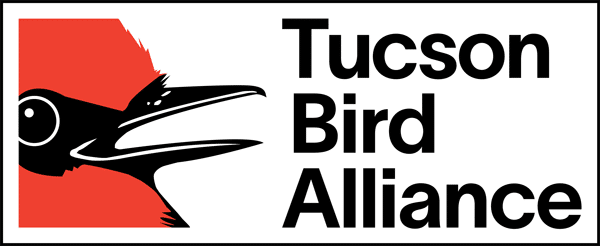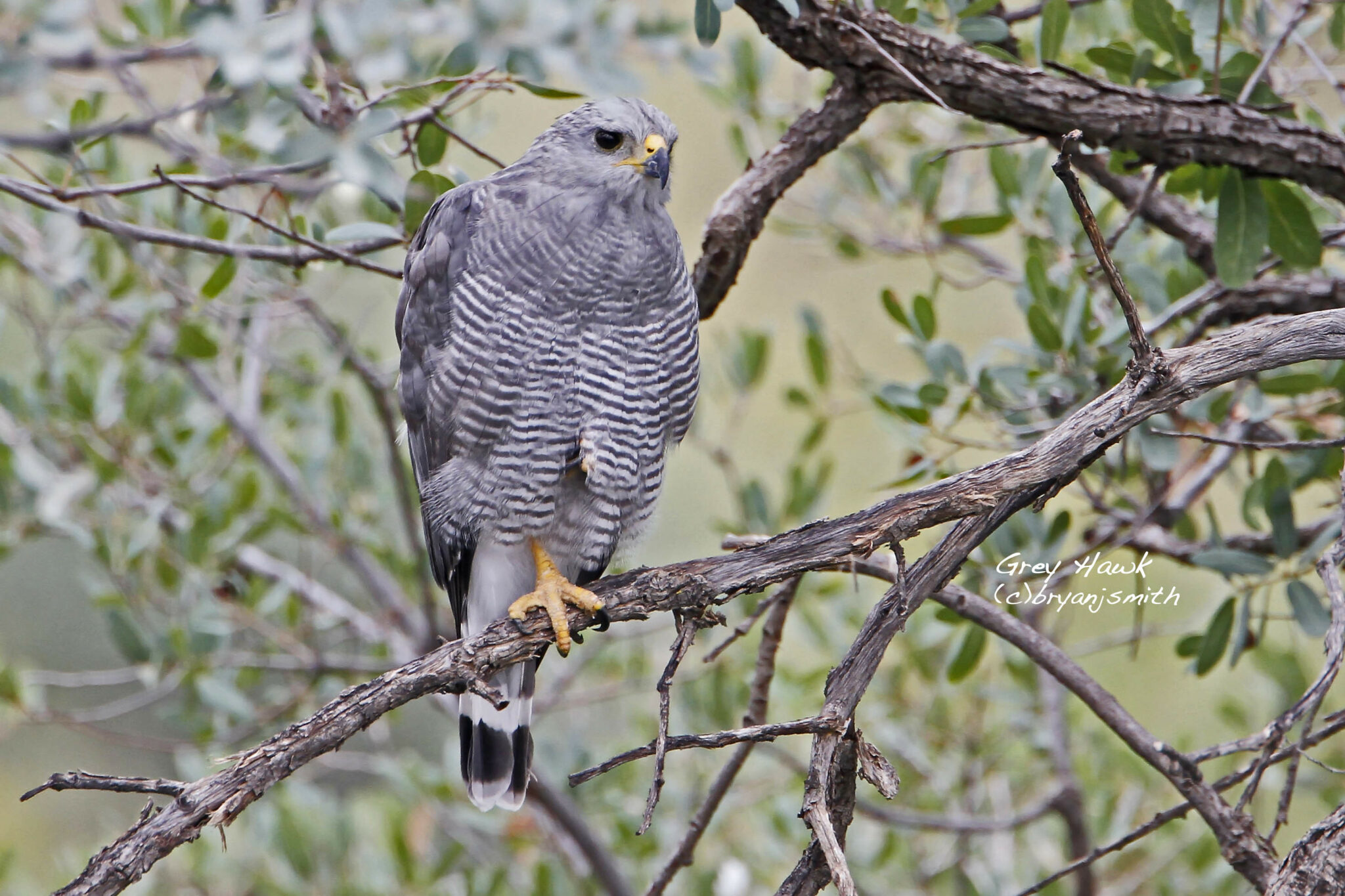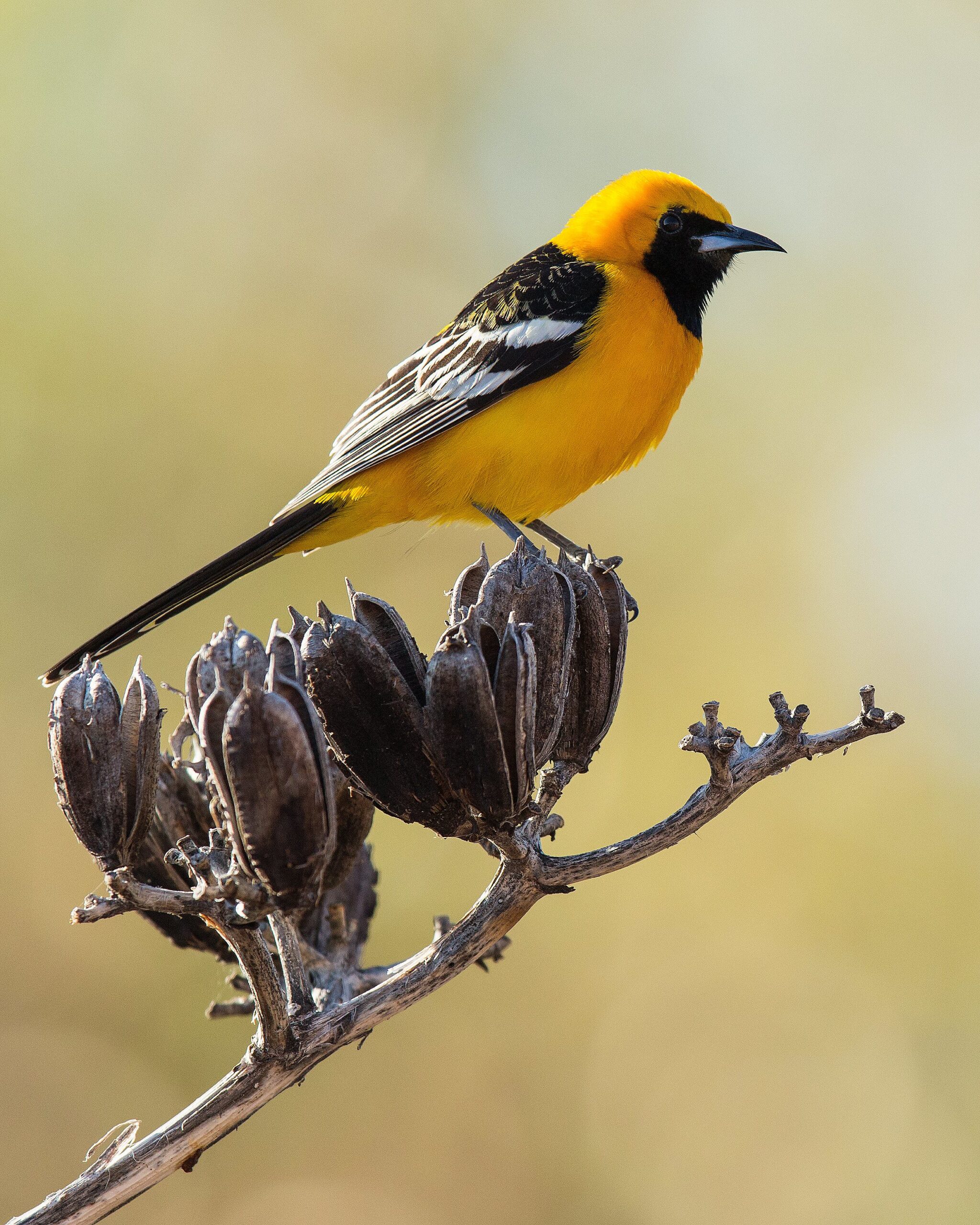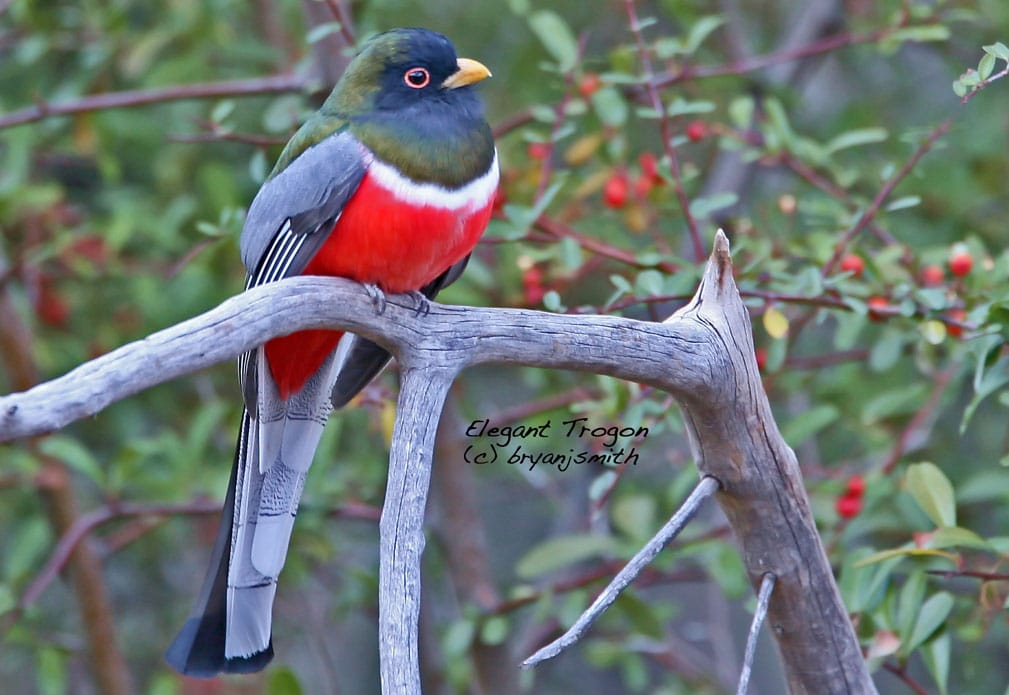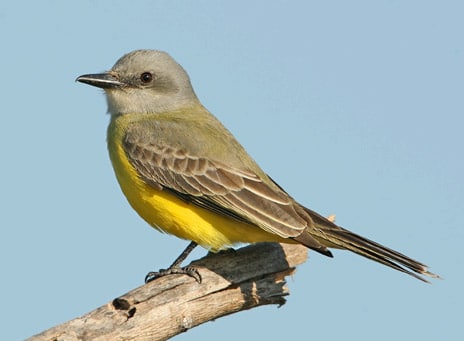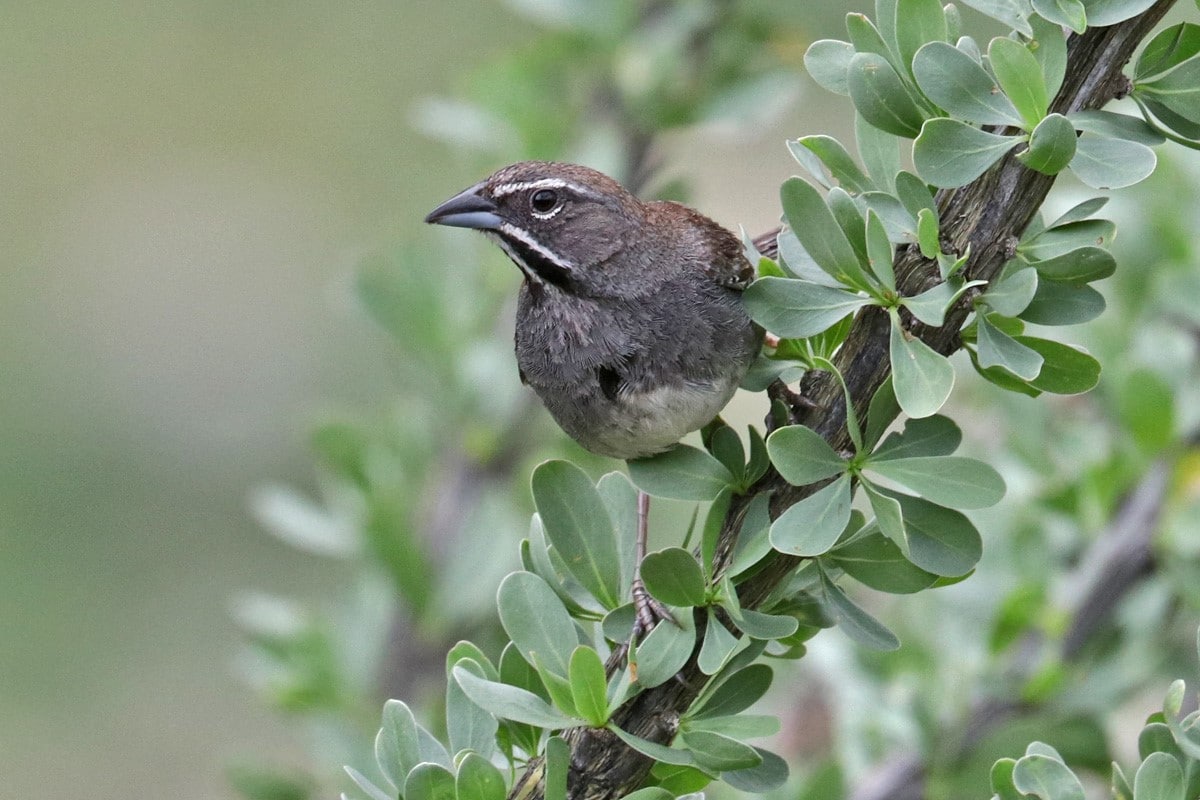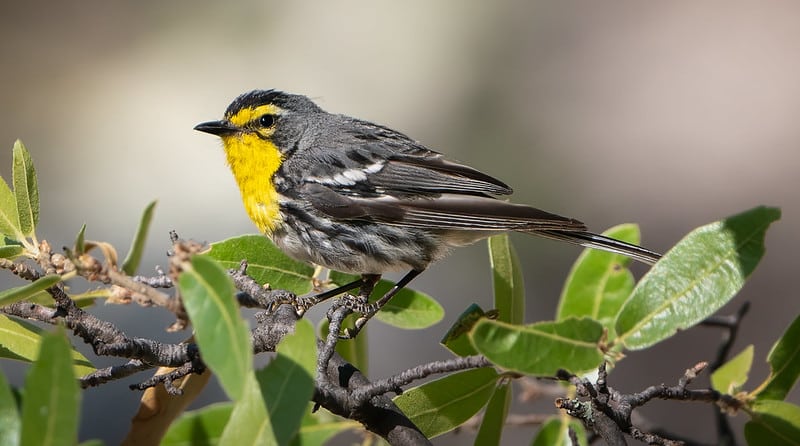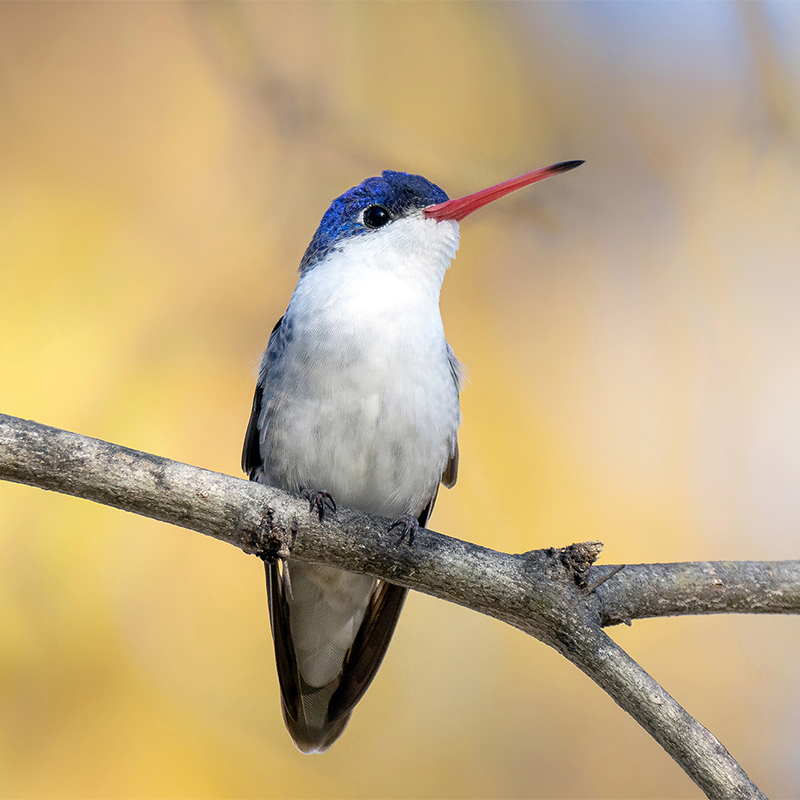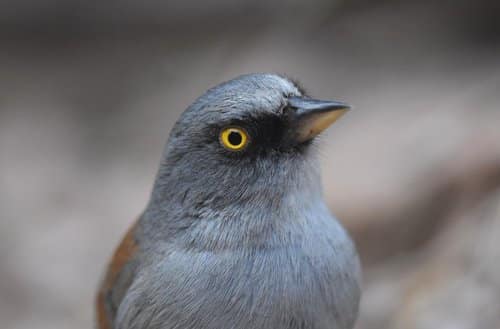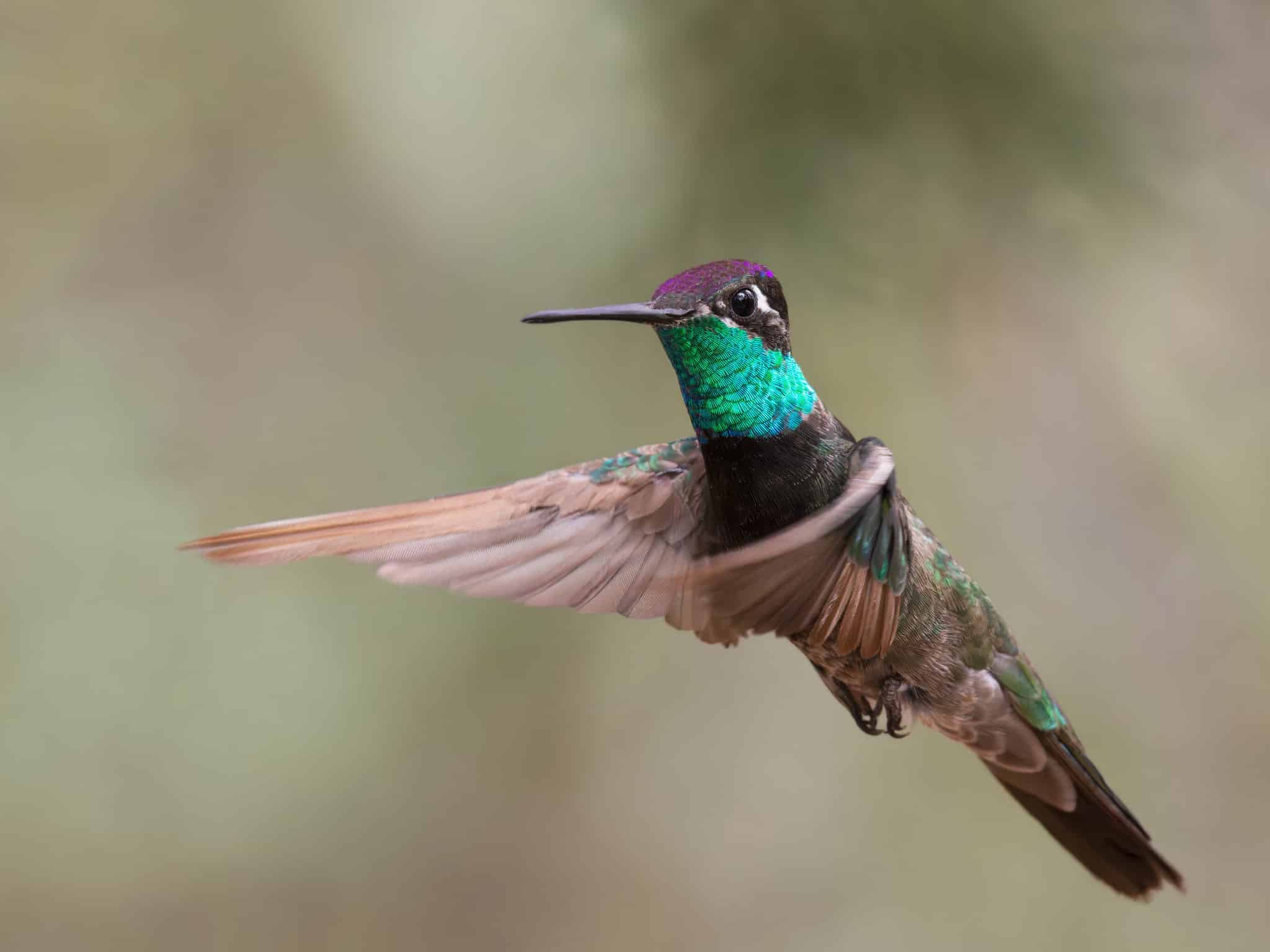Difficulty: Moderate (Some walking on mild slopes, but still on excellent surfaces. Drive time to location approximately one hour plus driving on gravel/dirt roads)
Las Cienegas is a 45,000-acre national conservation area with high desert grasslands, riparian strips and perennial streams, marshes, and juniper-oak woodlands. Here we can find grassland breeders such as Cassin’s, Botteri’s and Grasshopper Sparrows, Chihuahuan Meadowlark, and Loggerhead Shrike, as well as riparian-associated species including Gray and Zone-tailed Hawks, Yellow-billed Cuckoo, Blue Grosbeak, Yellow Warbler, and Summer Tanager. Las Cienegas is great for mammals, too — we’ll visit a colony of Black-tailed Prairie Dogs (road condition permitting) and keep an eye out for Pronghorn Antelope. Limited to 9 participants.
Gray Hawk by Bryan J Smith
